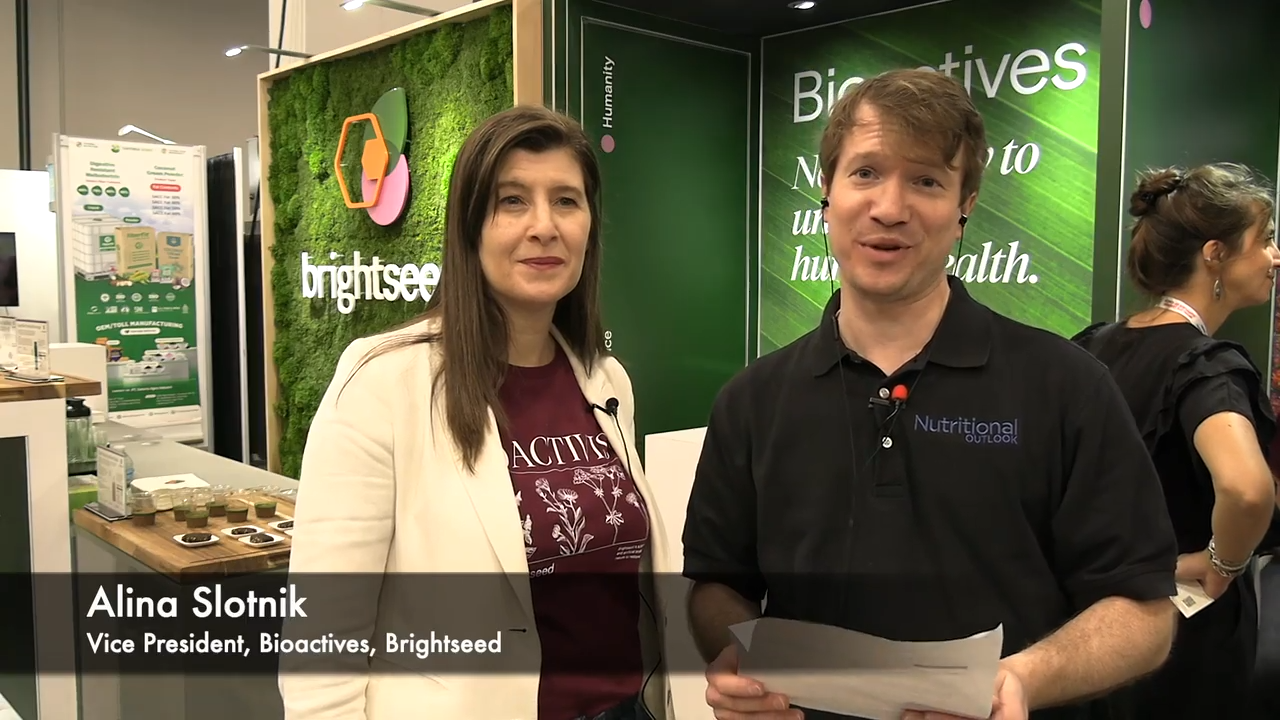Forsea’s survey reveals growing Japanese interest for sustainable eel alternatives
Cultured seafood by Forsea is intended to be a solution for increased prices and declining populations of freshwater eel.
Cultivated eel | Image Credit: © Anatoly Michaello

A February 5, 2025, press release announced the result of a survey on Japanese consumers’ willingness to try alternatives to eel. The survey was conducted by cell-cultured seafood company Forsea, which has developed a cultured version of freshwater eel, in response to the declining populations in the wild, plus its increased prices. The press release also noted that Japan consumes almost half the world’s freshwater eel supply, which is valued at up to $10 billion.
“Our survey underscores the cultural significance of eel in Japan while revealing a growing appetite for sustainable and innovative alternatives,” stated Roee Nir, co-founder and CEO of Forsea, in the press release. “By leveraging the strong preference for domestic products, Forsea is uniquely positioned to redefine the eel market by offering a perfect blend of tradition, sustainability, and innovation.”
The online survey, conducted in January 2025, involved 2000 participants – evenly distributed by gender and age – nationwide in Japan.
Some of the results highlighted were:
- 35% of respondents reported familiarity on some level with cultured seafood and a willingness to try cultured eel
- 25% expressed eagerness to try it regardless of its price, while other respondents indicated various limits on what they would spend
- Taste and price were top reasons for considering cultured seafood
- Almost a third also named health reasons, one in three were interested in sustainability, and more than a quarter were interested by the technology used in creating the cultured seafood
- Nearly 40% thought cultured seafood could help ocean conservation
“The results of this survey were encouraging, as it indicates a readiness among Japanese consumers to explore innovative food options,” stated Nir. “Having scoured the market, we also discovered consumer types who are potential customers for our product, from the environmentally conscious young adult to the health-conscious homemaker, to the vegetarian-minded student or the tech-savvy businessperson seeking new experiences.”
Forsea develops the cultured seafood product by creating an environment for fish cells to form three-dimensional tissue structures of fat and muscle, without heavy reliance on growth factors. The method reduces strain on the ecosystem and reduces costs by using fewer resources. The cuts are almost identical to eel meat in flavor, texture, and nutritional value.
“Our cultured eel has received a lot of positive traction the global food scene, particularly among Japanese food manufacturers,” added Nir. “As cell-cultivated alternatives makes progress in attaining regulatory approval in Japan and following our organoid platform’s recent demonstration of its exceptional capacity for scaling and cost effectiveness, the stage is set for commercial production.”
A survey conducted in August indicated that 23% of respondents had declined to purchase eel due to its price, half reported they would pay higher prices for a high-quality product, and 10% stated they enjoyed eel regularly. Additionally, a third reported concern for the ecological impacts on freshwater eel due to overfishing.
Other recent surveys have also noted the increasing awareness in Japan in cultured seafood and expectations for cultured food to help avert a food crisis. “There is a sizable market of consumers who are compelled to forgo eel enjoyment due to its rarity and high cost,” Nir explained. “This is an untapped market that we can capture.”
HHS announces restructuring plans to consolidate divisions and downsize workforce
Published: March 27th 2025 | Updated: March 27th 2025According to the announcement, the restructuring will save taxpayers $1.8 billion per year by reducing the workforce by 10,000 full-time employees and consolidating the department’s 28 divisions into 15 new divisions.










